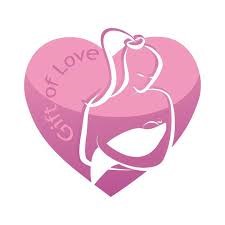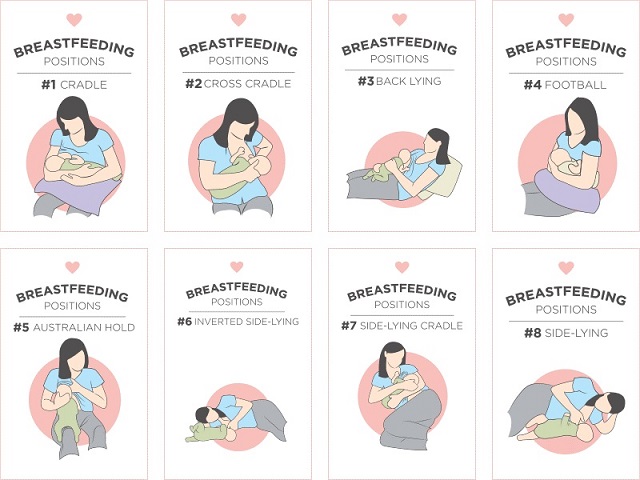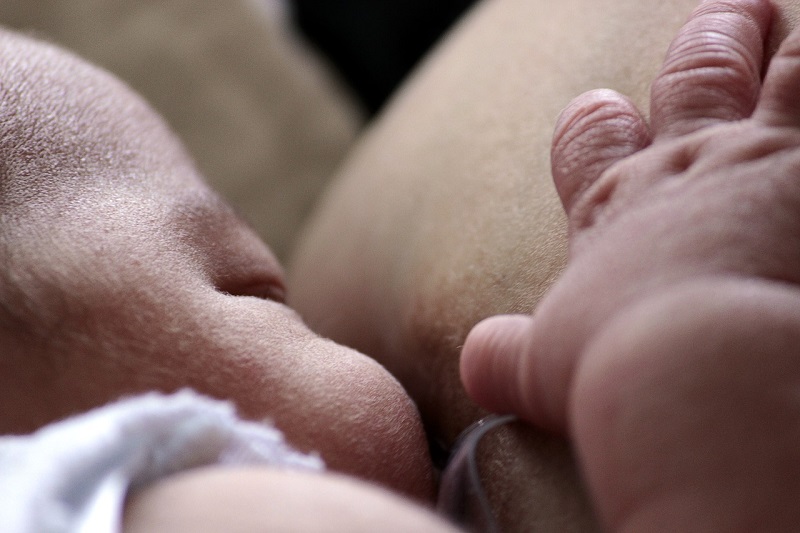Breastfeeding your baby and osteopathy : the winning association
 Breastfeeding is now recognized as the best method of feeding babies. In fact, more and more women in Malaysia are joining groups promoting breastfeeding. TBAN is one of them, a well-known group in this country with 133907 followers. Mothers are therefore more and more likely to consult when difficulties arise. Osteopathy is a good way to help them.
Breastfeeding is now recognized as the best method of feeding babies. In fact, more and more women in Malaysia are joining groups promoting breastfeeding. TBAN is one of them, a well-known group in this country with 133907 followers. Mothers are therefore more and more likely to consult when difficulties arise. Osteopathy is a good way to help them.
As explained here, osteopathy is a soft medicine based on the finesse of the therapist’s palpation, a thorough knowledge of human anatomy and a search for the cause of the disease or the problem encountered. The osteopath is in search of the restrictions of position, mobility and vitality of the different tissues of the body. He aims, by gentle and precise manipulations, to restore these aspects of life. As these corrections are made in a gentle way, and always in the respect of the body, while being constantly attentive to the smallest changes in the tissues, the osteopathy is an ideal therapeutic method to treat the newborns. It is by treating this that we can help solve breastfeeding problems.
The benefits of breastfeeding
The benefits of breastfeeding are well documented. Breast milk is adapted to the needs of the newborn. It supports its immune system so protects it from multiple diseases. It pleases the child, is easily digested and is very nourishing. Indeed, it contains the necessary protein, fat, carbohydrates, vitamins and minerals, and it’s free!
It is well recognized that the success of breastfeeding depends on sucking the baby. It is therefore in our opinion on this side that the solution must be sought. Cases where a mother cannot breastfeed are very rare, but babies with poor suckling often meet. Thus, we believe that babies with a deficient sucking cannot take the breast and cannot get the milk. Therefore, they do not stimulate milk production in the mother. By clearing the mechanically and neurologically responsible structures of the sucking, the child can improve his suction. Thus he can succeed in taking the breast, and allowing the success of breastfeeding.
Sucking
 More specifically, sucking is a reflex that involves several cranial and peripheral nerves, which controls the tongue, the lips, the palate, the jaw and the cheeks. During delivery, these structures can be compressed or affected, and disturb the normal course of sucking, so breastfeeding. The osteopath can correct these different dysfunctions, and allow the return to normal function.
More specifically, sucking is a reflex that involves several cranial and peripheral nerves, which controls the tongue, the lips, the palate, the jaw and the cheeks. During delivery, these structures can be compressed or affected, and disturb the normal course of sucking, so breastfeeding. The osteopath can correct these different dysfunctions, and allow the return to normal function.
When a baby cannot open his mouth, place his lips, or use his tongue to compress the mother’s nipple, he cannot properly stimulate milk production. The mother may have the impression of “running out of milk”. She may also feel pain due to the child’s inability to have a good hold of the breast.
Ideal position for breastfeeding
On the other hand, before looking for this side when you have breastfeeding problems, you have to go back to basics, that is to say to positioning. We agree that most breastfeeding problems can be greatly helped by better positioning.

The basic rules are:
- First, the mother must be sitting comfortably;
- The baby should always be at the height of the nipple, and face the breast. He must not have to turn his head to reach the breast. Normally, we agree that his ear, his shoulder and his hip must be on the same horizontal line;
- The mother should always bring the baby to her breast, not her breast to the baby’s mouth. This simple precaution can make the difference between comfortable breastfeeding and painful breastfeeding;
- The baby should open his mouth very wide, as if yawning. This large opening of the mouth will allow the baby to take a large part of the areola in his mouth, not just the nipple. If he only took the nipple, the mother would feel pain and the baby would not get as much milk as possible, so it would not stimulate optimal milk production;
- The baby’s tongue should go far enough: it should be seen if you lower the lower lip
- The baby’s upper and lower lips should be rolled up.
When these rules are followed, and the problem persists, it may be worthwhile to consult an osteopath to see if the child is physiologically able to position properly. Sometimes the simple act of clearing the joints of the jaw, correcting the mobility of the tongue … allows the baby to open the mouth bigger, so to correct the setting breast, to increase the production of milk and to reduce the pain in the mother.
Consequences of childbirth
Another thing to consider: interventions during childbirth. Many studies have studied the impact of different possible interventions during childbirth. Some of these studies also verified the link between these interventions and breastfeeding. A general trend is emerging: childbirth is more natural, breastfeeding seems to be better. For example, induction of labour (by the administration of synthetic oxytocin) increases the force of the contractions, which increases the pressure on the baby and thus increases the risk of cranial moulding, cranial asymmetry or misalignment of the base of the skull. The nerve functions and structures involved in breastfeeding can be disrupted. The use of the suction cup or forceps can also have the same type of effect. Cranial manipulations in osteopathy can help solve these problems.
In short, breastfeeding is a complex process that can be influenced by several factors, such as sucking the baby, positioning for breastfeeding or the length of the baby’s tongue brake. It is therefore necessary to know these factors well, to know how to evaluate them and to correct them if necessary. The intervention in osteopathy in the context of breastfeeding problems can certainly be part of a collaboration with other specialists who can act on these different aspects of the problem.
For further information about breastfeeding :




